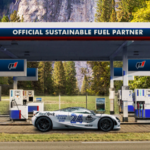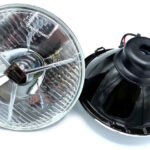Hagerty is best known as a classic vehicle insurer, but with a 600,000-member strong Drivers Club, an 800,000-circulation printed magazine and 1.4m subscribers on YouTube they are one of the world’s largest automotive lifestyle brands.
Hagerty UK regularly continually monitors the classic car market and provides insight to the community. Its latest report asks which classic cars are the most financially viable to restore.
The cost of a classic vehicle restoration almost always exceeds expectations and owners are often reminded to restore their classics for love rather than money, but how does an owner know whether they are entering into a financial folly before they even start?
The Hagerty Price Guide lists a value for each of four conditions for every one of the over 2,000 models covered. These range from Condition 4 (fair: a drivable but imperfect classic) to Condition 1 (concours: one of the best in the country). To investigate the difference between these two Hagerty compared the value differences between ‘fair’ and ‘concours’ cars for each model in the UK Hagerty Price Guide.
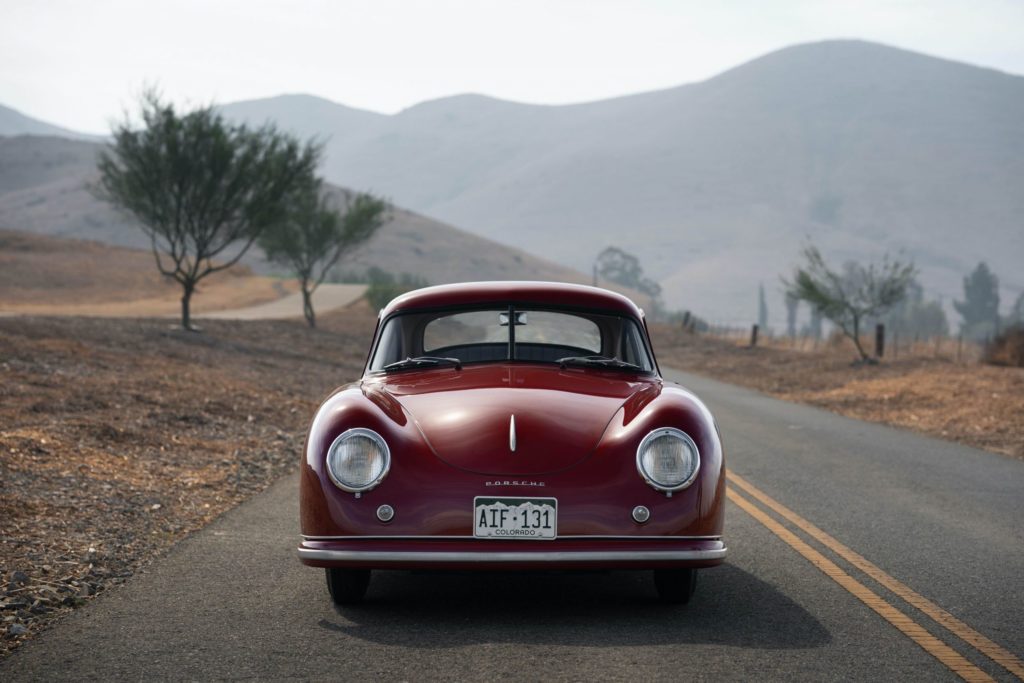
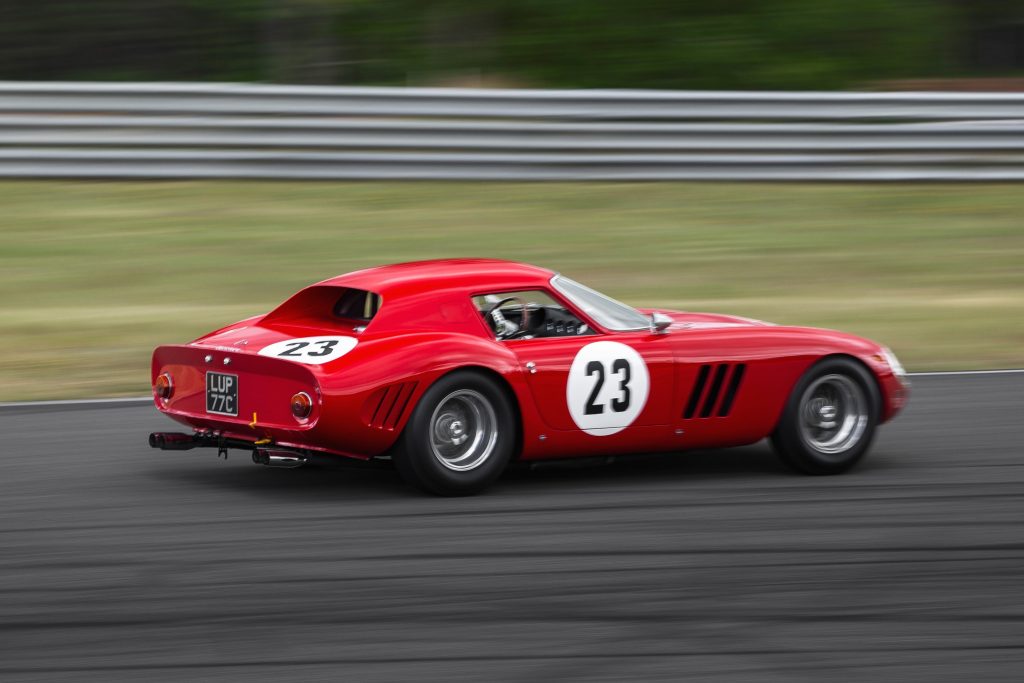
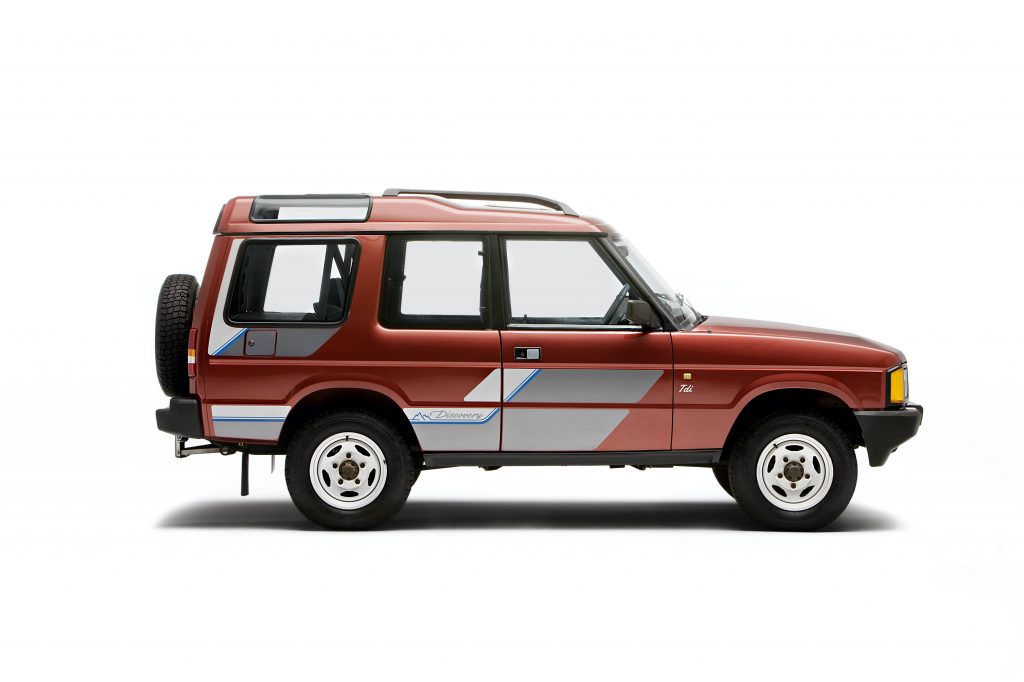

With £13.12m difference, the Ferrari 250 GTO came out top, followed by the AC Cobra Daytona Coupe (£8.364m) and the McLaren F1 (£5.74m).
The newly added Ford Focus 1.6i Zetec appeared at the other end of the spectrum with a difference of just £1,400 between ‘fair’ and ‘concours’, followed by the Austin Allegro 1750 4-door saloon (£2,150) and the Vauxhall Magnum 1800 saloon (£2,200).
Plotting the difference between ‘fair’ and ‘concours’ values as a percentage of the latter and the biggest winner, with the difference of £13,400 (91% of its ‘concours’ value) was the Series 1 Land Rover Discovery. Close behind the Lancia Beta 1600 S2 HPE estate, its £10,200 difference equating to 89% of its top value and the Lancia 2000 Berlina (£8,000 or 88%).
The bottom of the list was a very different place: the smallest percentage difference between Condition 1 and Condition 4 values was just 6% (£410,000) for the Ferrari 250 GT SWB. Behind it was the Ferrari 365 California Spider at 10% (£328,000) and the Lamborghini 3500GT at 11% (£70,500).
To find the most financially worthwhile restoration cases, Hagerty looked at a combination of the two factors to see which cars presented a significant value difference, which also equated to a large percentage of the car’s top value. The Porsche 356 lead (Pre-A cabriolet top with £391,000 or 72% and the 356 ‘A’ coupe third with £172,500 or 70%). Between the Porsches was the Bentley S2 Continental drophead by Park Ward, with £217,600 or 71%, with the Facel Vega HK500 and the Mercedes-Benz W100 saloon making up the top five.
At the bottom, the TVR Cerbera came out last with £13,700 (36%) followed by the Porsche 924 Carrera GT on £27,800 or 36% and the Maserati Ghibli (£59,800 or 30%), with the Ferrari 330 and the Austin Healey 100-4 M making up the bottom five.
Concluding, John Mayhead, Hagerty’s head of valuation, said “The best reason to restore must be to return a car to a level of mechanical and aesthetic quality that delivers an enjoyable and safe driving experience to the owner. Above everything else, if the owner thinks it is worth it, then it probably is. Classics are built to be enjoyed and at Hagerty we want owners to drive their cars as often as possible. Buy a car you like first and foremost, and should it deliver a healthy return financially treat it as the icing on the cake”
The full feature, including comment from specialists and experts can be read here



